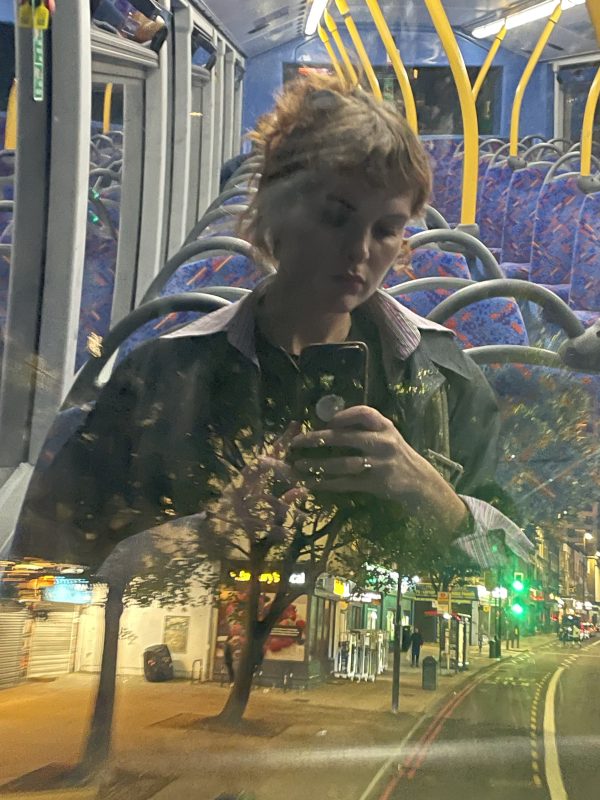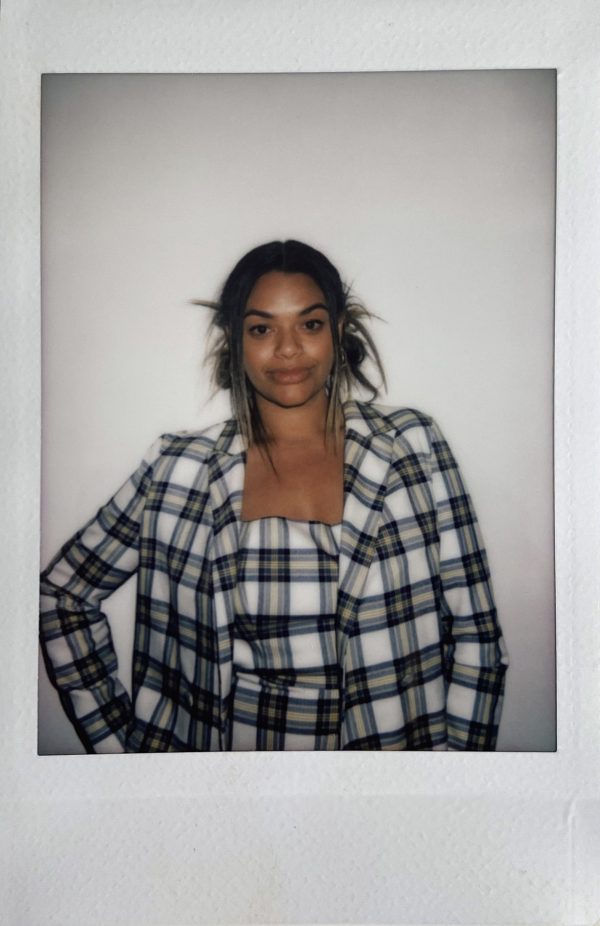Read Time 10 minutes
The identity crisis: is this the only thing marginalised artists are allowed to talk about?
London’s 2023 exhibition schedule features a host of shows from black and minority artists, with identity being the common thread between them.
Is black identity being exploited by the art world? And are black artists being given permission to make work which doesn’t require them to mine generational trauma in order to get seen? Ugonnaora Owoh suggests we look a little deeper under the surface.
The exploration of identity and its elaborative relativity to art is a phenomenon that exploded in the twentieth century, as a result of the changing politics attached to the art of personhood and communities. Artists who belonged to a marginalised community or a minority group began using art as a means to speak about systemic oppressions; the arts became intrinsic to a sense of activism, and were being seen by a wider audience than ever before. It was like this for Jean-Michel Basquiat with his powerful graffiti or Kara Walker, whose vibrant works spoke volumes. There are countless other examples.
Our societal makeup may have changed, but one thing has remained constant — the discriminatory system. The art industry has its flaws like any other, especially the performance of ‘representation’ offered in lieu of parity to black and minority artists [see their comparatively lower value sales to their white counterparts]. But the talk about artists of colour getting pigeonholed to appeal to the white gaze has been a crucial one – as Alvaro Barrington put it in a 2020 interview with Fantastic Man, ‘I think a lot of people unfortunately have been pigeonholed into presenting their Blackness in a tokenised way, as the only thing that they can offer to the white imagination.’ While there is an element of truth to this, it’s not the whole truth. Like any other artists, artists of colour continually find new inspirations, new stories and new experiences with which to reflect on in a new medium or artistic discipline – and so even when identity is the prevailing theme, they are also to be found exploring other ideas simultaneously.

It’s like this for South African artist Sthenjwa Luthuli whose work explores multiple concepts like transformation, mythicism, love, redemption, and freedom. ‘As a visual artist, I am not restricted by boundaries when it comes to my creativity. I am currently in the process of brainstorming ideas that may take five or more years to bring to life physically. These ideas are based on thorough research and aimed at achieving the best possible results,’ he says over email.

Sthenjwa Luthuli latest exhibition Inzalo Ye Langa: Birthplace of the Sun is an intriguing curation, inspired by Luthuli’s ancestors, the exhibition delves into the Zulu tribe’s ways of keeping time before colonisation by the British in the nineteenth century drastically altered their way of life, introducing new calendars and metrics. The exhibition also discusses the essence of the Zulu identity and the erasure politics caused by post-colonialism which diluted, or wiped out the cultures of most South African tribes. Luthuli’s response is bold and clear, though with an underlying tone of anger at the injustices of these colonial aftermaths. When asked the most important takeaway from this exhibition, he says ‘our ancestral roots and cultural heritage are gradually slipping away, with a diminishing presence of those who share the invaluable knowledge passed down by our great ancestors to the upcoming generations. Instead, we find ourselves increasingly immersed in the learning and influence of Western cultures. Through this exhibition, I strive to break the chains of cultural erosion, recognizing the immense importance our heritage holds for us as Africans.’
I wonder how non-black visitors to the Unit London show interact with Luthuli’s work, and how they engage with his thought processes and exploration of an identity which the majority of them will have no experience of. Perhaps they would take pleasure in his signature wood-line carvings that comes in human-like forms or shapes like circles, wavy lines, zigzag, and they would leave it at that; forgetting that each of these textured, curvy lines has a theme, and a story and a deep meaning that speaks to many things — whether politics, identity, spirituality or revisiting past lives.
Luthuli’s exhibition isn’t the only one to explore identity and cultural background as a strong theme in London at the moment. Far from it. It seems as though the country’s art industry is thirsty for work from black artists, especially those born in Africa or of African descent. But does it restrict them, and encourage them only to produce bodies of works that circle around their lived experience or their background?
At the Photographers Gallery, Home is Not a Place unfolds. It is the touring exhibition by photographer Johny Pitts and poet Roger Robinson that looks to define and celebrate black British culture. With mediums spanning poetry, film and photography; the duo’s trip around the UK in search of the different manifestations of black British experience is poised in response to the quote from America’s legendary author James Baldwin, the exhibition’s title. ‘My photographic practice involves trying to celebrate Black spaces, capture them while they’re still here and give them a home,’ says Pitts in his introduction to the exhibition.

Concurrently, the Tate Modern has curated an exhibit featuring decades of photographs taken across Africa by different artists of different times. Behold A World in Common: Contemporary African Photography, which brings together talents including James Barnor, Rotimi Fani-Kayode, Sabelo Mlangeni, Aida Muluneh and more. Photographers whose work capture the essence of Africa, and what it means to be African, from different viewpoints in time. Rhea Dillon’s sculpture show An Alterable Terrain at Tate Britain, just west along the river Thames, is a conceptual take on the theme of black women’s bodies and the makeup of British and Caribbean identities. These prominent shows in high-profile gallery spaces signify an ongoing trend in the kind of art the UK public are engaging with – a powerful step forward from the pale, male, and stale tradition.
Whilst the thread of black identity runs through all these exhibitions, and indeed is a recurring subject for black artists internationally, it is not true to say that it is the only theme on show. For Luthuli there is archeology and chronometry. For Pitts and Robinson it is the elusive home. Dillon has an epistemological interest.

This is also the case of Ethiopian photographer Aida Muluneh; one of the photographers on show at at A Common World. Muluneh’s unconventional surrealist approach to photography visualises women as strong societal entities in old and contemporary Ethiopian society. As a visual observer, Muluneh understands the power women possess, despite the disempowering social conditioning they are subjected to. The vibrancy of her colour-saturated photography stands in direct contrast to the darkness of this political condition. Her work is heavy with symbolism, the depiction of colour to drive sensitive semantic points home, women with pharaonic necks in fast-flowing electric blue gowns, maroon red buba around their heads, face and neck baked in white.
It could be deduced that Mulaneh has been impelled to centre her work exclusively around the identity and lived experience of black women but that’s not the case. She main-characterises Ethiopian female subjects, true, but depending on the project, she can use this powerful concept to talk about many things; climate, environment; economic crisis. Her women are the denouement, but also a vehicle to explore wider concepts that will inevitably affect those characters.

Black identity is always at risk of being tokenised and fetishised, and non-black people may have a desire for art which teaches them something about the black experience as a way to redress some kind of balance – assuage their own guilt. But if they are unable to interrogate the other layers which surround this identity core then that’s on them. The industry narrative may be that black artists and identity based art go together hand in hand, but in reality only an artist has the capacity to pigeonhole himself, his work, and his vision. Black artists are busy making multi-dimensional work, it’s up to the non-black audiences to pay attention to these dimensions.
END
Inzalo Ye Langa: Birthplace of the Sun at Unit London closes 24 August 2024.
Home is Not a Place at The Photographers Gallery closes 24 September 2024.
A World in Common: Contemporary African Photography at Tate Modern closes 14 January 2024.
An Alterable Terrain at Tate Britain closes 1 January 2024.
subscribe for the latest artist interviews,
historical heronies, or images that made me.
what are you in the mood for?





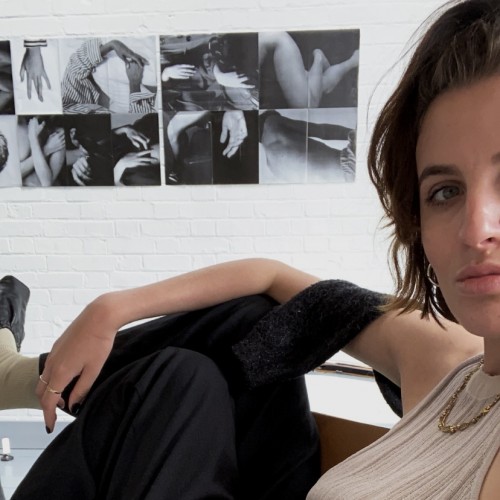
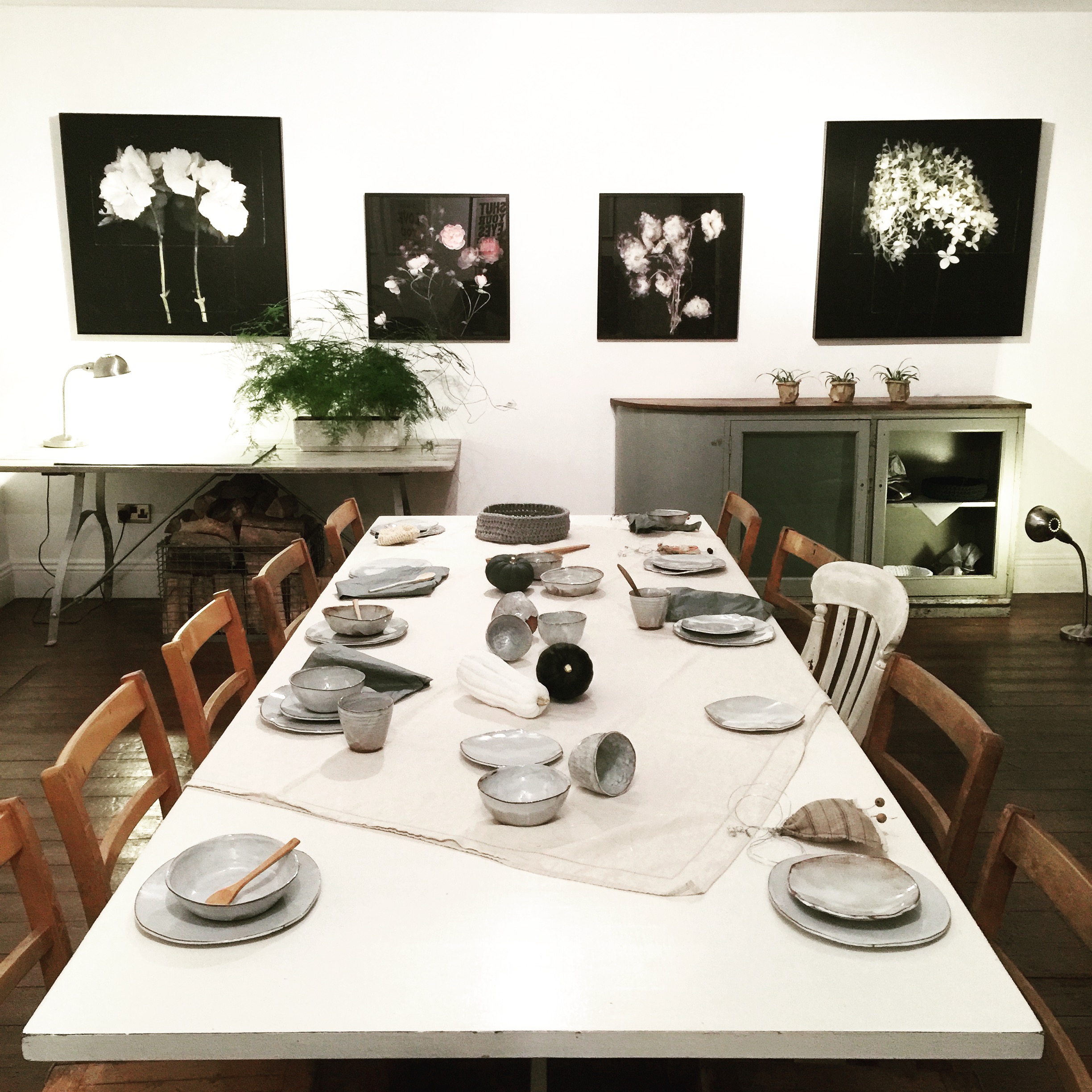
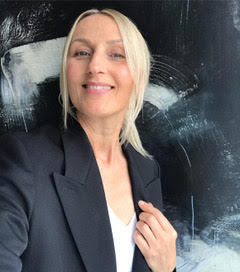
![The image as object [Nan Goldin & me] | Simone de Villiers | Darklight Digital](https://darklight-digital.com/media/2023/08/img-8208-5x5.jpg)
